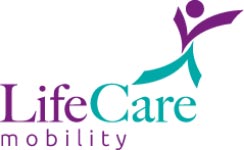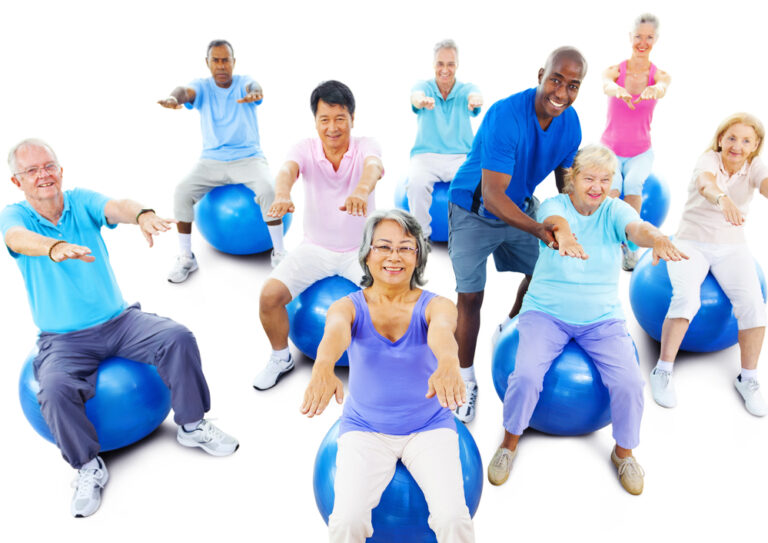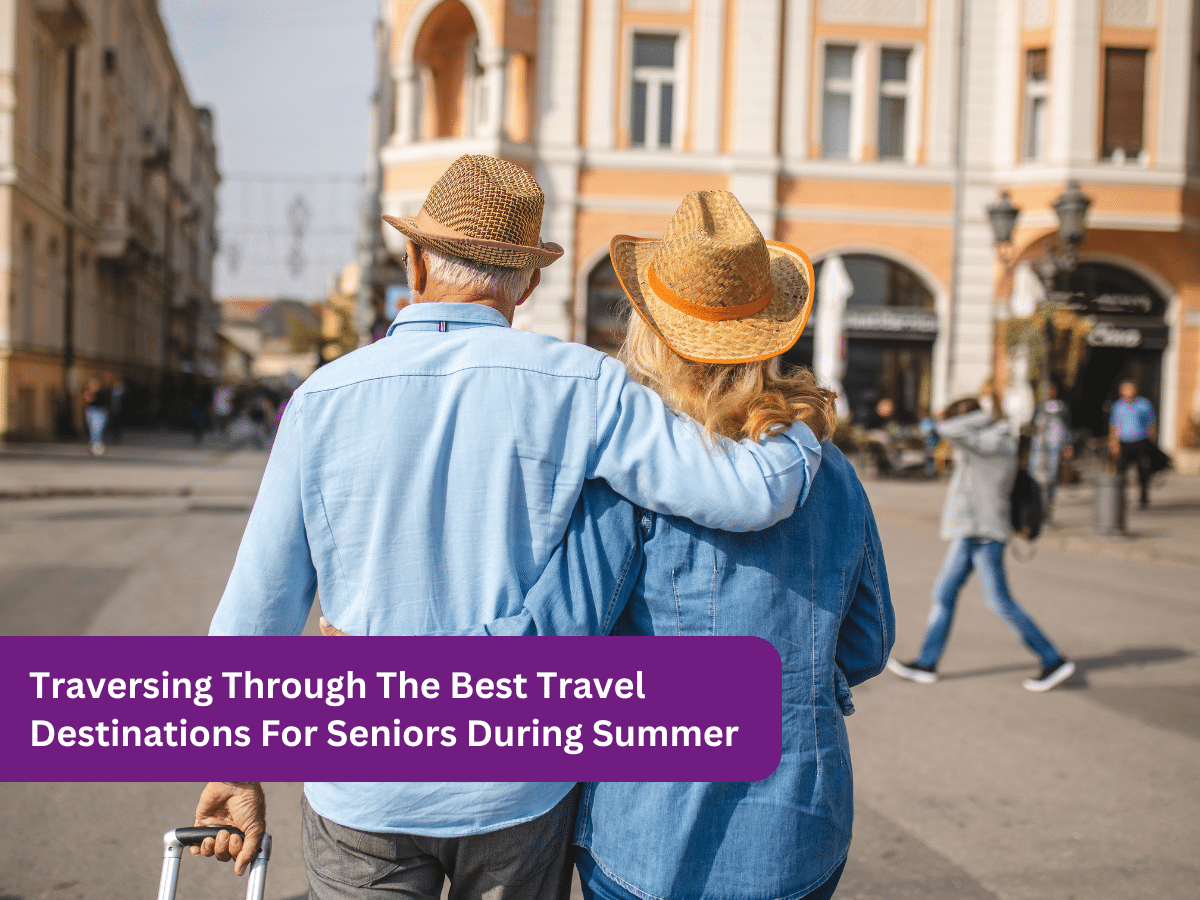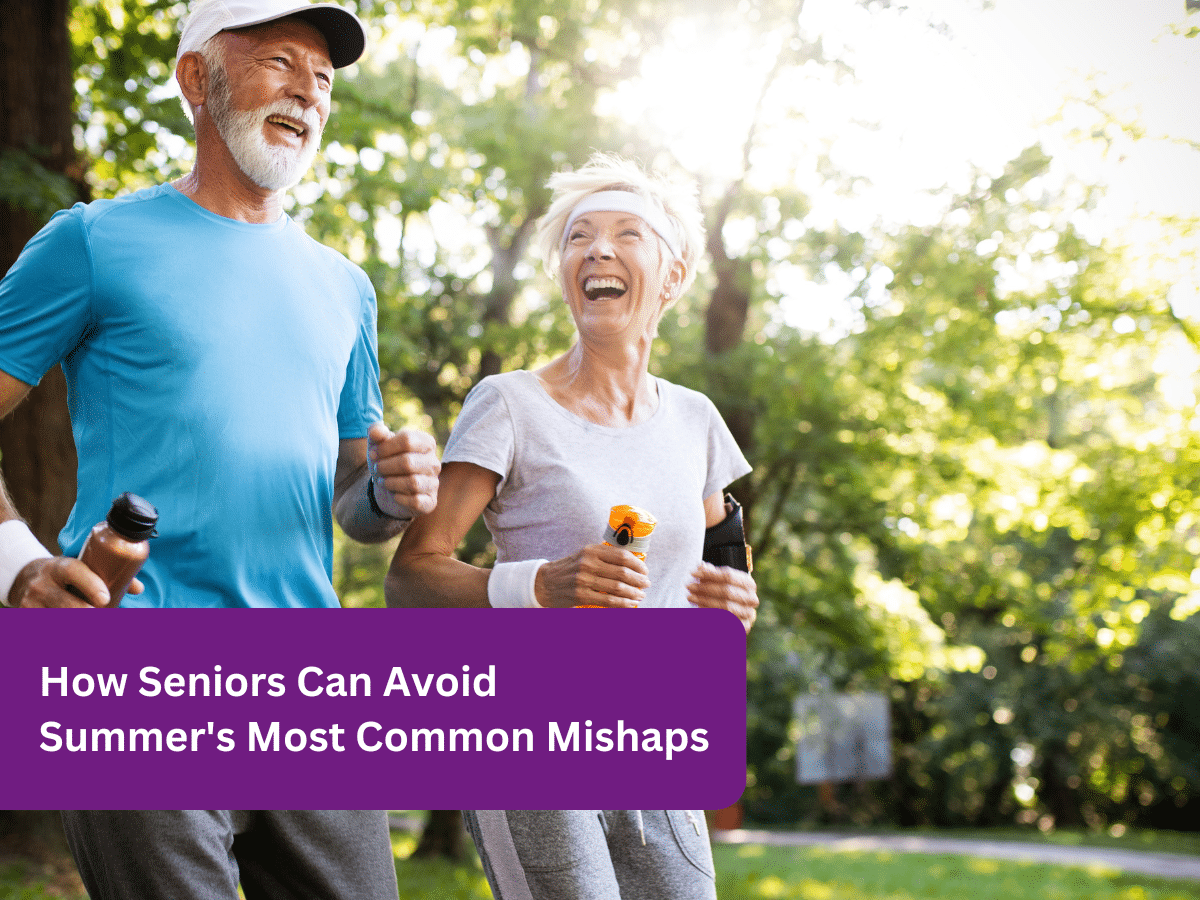With the last day of November comes the end of Fall Prevention Month. It’s an important time of year as there is a stronger focus on keeping people from injuring themselves due to falls. This is especially vital for older adults. The Public Health Agency of Canada tells us that falls are the leading cause of injury among older Canadians. 20 to 30% of seniors experience one or more falls each year.
Even though Fall Prevention Month may be ending, it’s wise to always be mindful of ways to minimize the risk of falling. Let’s look at some important steps to take.
Try balance and strength training exercises.
If your elderly loved one is suffering from mobility issues, it’s important that he/she works on building his/her strength and balance. A little light exercise each day is a great way to improve blood circulation, maintain a healthy weight and build strength. With a better sense of balance, an older adult will naturally be in a much better position to prevent a fall.
“Yoga, Pilates, and tai chi can all improve balance and muscle strength,” informs the National Institute on Aging, “You can also try lifting weights or using resistance bands to build strength. Learn more about different types of exercises to improve balance and strength.”
Wear sensible shoes.
It should go without saying that our footwear plays a huge role in our ability to stay upright. Naturally, if you’re wearing shoes with slippery soles, your chances of falling significantly increase. Especially for older adults, wearing shoes with good tread is an effective way to prevent falling. During the winter, this is doubly true. The snow and ice combined with an already-troubling unsteadiness can present deadly outcomes.
“Consider changing your footwear as part of your fall prevention plan,” advises Mayo Clinic, “High heels, floppy slippers and shoes with slick soles can make you slip, stumble and fall. So can walking in your stocking feet. Instead, wear properly fitting, sturdy, flat shoes with nonskid soles. Sensible shoes may also reduce joint pain.”
Have your eyes tested regularly.
Of course, it is not uncommon for seniors to battle with vision impairments. Does your elderly loved one wear glasses? If so, make sure he/she wears them whenever necessary. It’s also a good idea to ensure that your home is well lit. It’s much easier to avoid an obstacle when you can clearly see it in front of you on the floor. As well, be sure to book regular visits with an optometrist.
“Even small changes in sight and hearing are linked to an increased risk for falls,” says the National Institute on Aging, “When you get new eyeglasses or contact lenses, take time to get used to them. Wear your glasses or contacts as your eye doctor advises. If you have a hearing aid, be sure it fits well and wear it.”
At LifeCare Mobility Solutions, we’re committed to the health and safety of your elderly loved ones. If you have any questions about how our home health care products and mobility solutions can help to prevent falls in your home, please don’t hesitate to call us at 416-267-9800 or email us at info@lifecaremobility.ca. You may also contact us by filling out the form on our Contact page!



